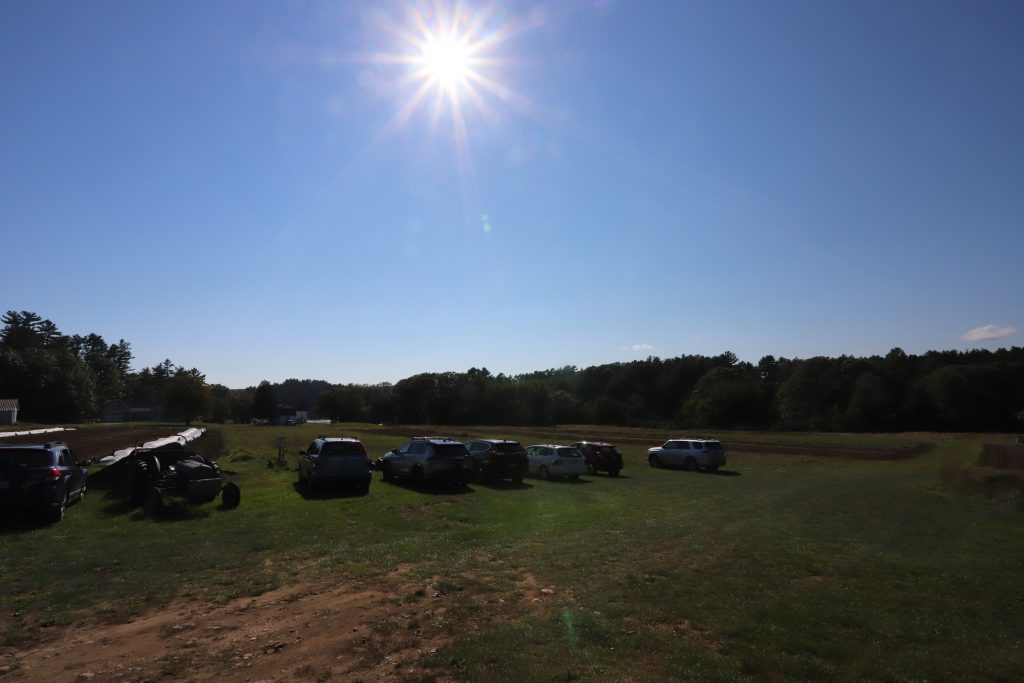Amazon, Lifeline or Scourge For Retail-Starved, Rural Communities?
Spending a couple of weeks in the sticks has given me a new appreciation for clean air, responsible urban growth management, and, oh– access to retail that doesn’t require a 20-minute drive. In urban planning terms, it’s necessary to consider rural life by a different set of metrics. We know that rural life as a matter of VMT, for example, doesn’t even compare to a sprawly metro area– because things are so far apart. You don’t exactly have rural bus stops if you have to walk three miles to get to them. The systems don’t work the same. Such is also true with retail business. So, has the leviathan known as Amazon served as a lifeline to rural communities that are far away from retail establishments? In some cases, yes. Or is market entry enough of a struggle to keep it out?

Amazon’s Rural Problem
It’s well-established that the ‘Zon has a a huge problem with its retail business. In its quest to gobble up competition, forcing the attrition of many. asmaller business, it actually ends up losing money on plenty of retail transactions. This has resulted in the spectacular growth of Amazon Web Services as the retail business grows in volume but not in profitability. (I would even go so far as to suggest that there is some fantastically messed up sorcery behind the corporate finance of it all. AWS cannot give Amazon retail a “deal” on cloud services. Retail has to pay basically the going rate. It’s complicated. There is a thing called “transfer pricing” that refers to intracorporate spending, and it’s used in all kinds of complex and nefarious ways. But that, dear readers, is a story for another day).
Rural delivery complicates Amazon’s money-losing strategy. Last year, the company announced a widely-reported plan to actually take over rural deliveries that would have otherwise been managed by carriers like USPS, UPS, or FedEx. From a business standpoint, it’s certainly interesting. Amazon comprises such a large percentage of USPS’s deliveries that it actually indirectly staffs USPS call centers, something I encountered a few years ago when trying to track down a missing package.
The Business Of It
I noticed the issue of rural retail in the age of Amazon while getting some stuff shipped here to Maine instead of to Detroit. Instead of a two-day delivery window, I was looking at a minimum of four days, sometimes more like a week or ten days. This came without the additional benefit of the $1 digital credit for combined shipping, which Amazon offers to customers to save it money by allowing consolidated deliveries. Thus is it more attractive for Amazon to rely on USPS, which is not beholden to a mandate to return profits to shareholders.
The beleaguered federal agency has been touted as a lifeline to rural communities to which FedEx or UPS might charge an arm and a leg to ship a package. Less density of package deliveries means a single truck might be dispatched to deliver a single package to a single destination. Contrast this with an apartment building in a city that routinely receives 10 packages per day from a single carrier. Controversial service cuts proposed by Republicans have been met with bipartisan ire from legislators representing rural districts that, well, will get screwed. In other words, “business as usual” is certain to result in reducing service– and therefore economic access- to rural areas.
Other Considerations.
The idea of economic access is also important when considering aging rural populations. Doing some grocery shopping at Shaw’s in Bath, Maine, I was struck by the average age of the clientele. Maine is, indeed, the oldest of all the states, with an average age of over 45 years. Compare that to 38 in the US at large, and Utah at 31 (Mormons having lots and lots of babies, one might guess). But, of course, seniors may have limited proficiency using the World Wide Intertube.
Indeed, the average age of an Amazon user is slightly below the average age of Americans, and the bulk of Amazon users are in the under-44 age group. You can look at this by saying that the aging population is less likely to avail themselves of Amazon’s products. But you could also argue that this results in this market segment having to pay more for goods and travel more for them. Of course, in the long run, reliance on Amazon decimates local retail markets. So, policy approaches have to consider both what’s good for the consumer now as well as how to maintain the integrity of a rural economy in the future.
Savings: Less Valuable With Slow Shipping Speeds
There’s no short-term economic case to be made for a consumer buying something that is twice the price from a local retailer. However, in Amazon’s case, it is in many cases taking so long to ship things to rural destinations that the idea of Prime seems, well, not much of a value proposition, at least as far as shipping is concerned. If one is buying one $20 object per month, it’d be worth $10 extra to buy it locally if that meant saving on the Prime subscription– which apparently doesn’t even guarantee two-day delivery.
Add to that the growing skepticism over the sweetheart deals given to Amazon in the name of job creation, often made with little transparency or democratic process. Or, you know, the company’s growing labor problem. Suffice it to say, the Amazonian push-and-pull between “minimizing losses per transaction” and “having to serve everyone, even if it means losing money per transaction” is more apparent in the rural-urban divide than anywhere else.
We have had terrible luck reaching Amazon in the past and did not bother to try reaching them for comment.






